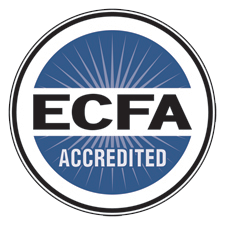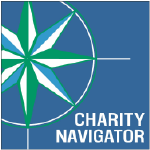Welcome back to our Path to Graduation series!
This week’s blog comes from a conversation we had with Milkias “Mickey” Taye Gutema, HopeChest’s Country Director in Ethiopia. Mickey has been walking alongside CarePoint communities for years, and he shared what it looks like when a CarePoint community begins to move toward graduation.
During our conversation, he outlined five key steps that CarePoints in Ethiopia are taking to move from vulnerability to lasting independence. Here’s what the #PathToGraduation looks like on the ground.

“Transformation takes time,” Mickey shared, “but we believe we’re on the right path.”
— Milkias “Mickey” Taye Gutema
1. Meeting Immediate Needs With Compassion
Before a community can dream about the future, it needs stability. That’s why the first step in our model is all about survival: providing access to food, healthcare, clean water, and emotional support.
“We support their basic needs,” Mickey shared. “Starting from physical needs like nutrition and health, and it continues to emotional supports—building relationships, giving counseling, and trauma-informed care for children and families.”
In communities affected by poverty or conflict, these basic needs are often life-saving, and they lay the groundwork for deeper transformation.

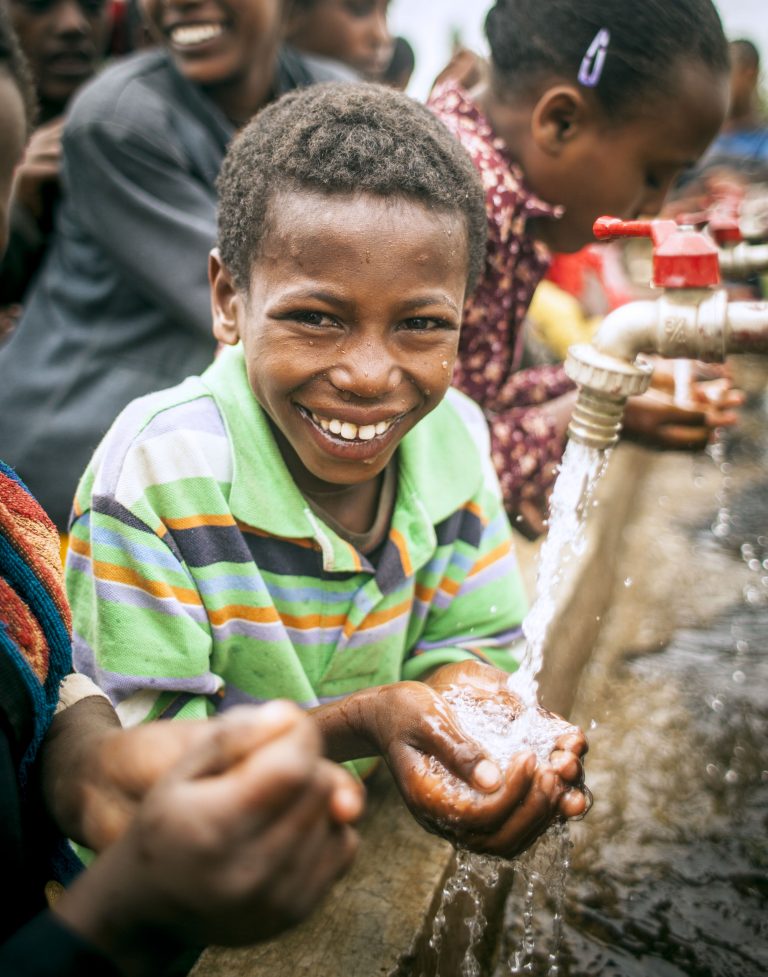
2. Shifting Mindsets and Breaking Generational Poverty
Once families are stabilized, CarePoints focus on helping them thrive, not just economically, but mentally, emotionally, and spiritually.
“The biggest challenge in vulnerable communities is the mindset,” Mickey told us. “Even though Ethiopia is rich in natural and human resources… we remain one of the poorest countries. It’s because of the mindset.”
This kind of poverty runs deeper than material lack. It’s shaped by generations of discouragement and disempowerment. But when families begin to see their value and potential, everything starts to change.
“We help children, parents, and leaders develop the knowledge, attitudes, and skills to go to the next level: succeed,” Mickey said.
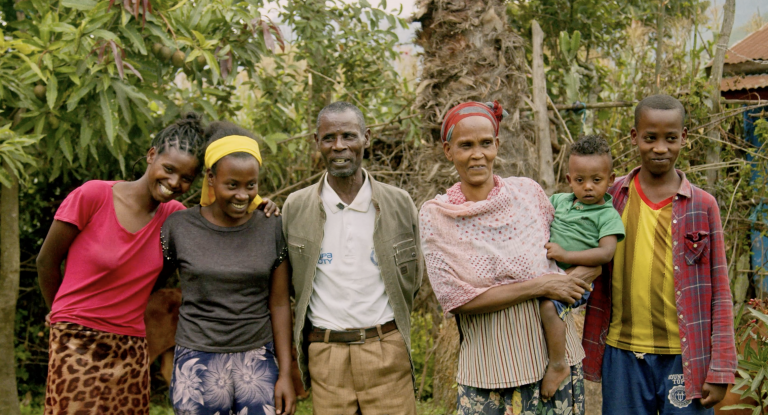
3. Raising Up Local Leaders to Own the Vision
Lasting transformation doesn’t come from outsiders. It comes from within. That’s why one of the most important steps toward CarePoint graduation is identifying and equipping local leaders to own the mission.
Each CarePoint works with the community to build a Community Leadership Team. Together, they assess their needs and assets, create a development plan, and begin implementing it with coaching and support from HopeChest staff.
“We spend time with the leaders and give them different trainings, including church leaders,” Mickey explained. “We challenge them in a positive way… The real mission of the church is to help the poor and change the community, not just focus inside the church walls.”
By the time a CarePoint is ready to graduate, leadership is fully in the hands of the community itself.
4. Equipping Youth to Shape the Future
Youth are a vital part of every CarePoint. As they go through high school, university, or vocational training, they also participate in HopeChest’s Youth Development and Leadership Program.
“We give them life skills, leadership training, entrepreneurship and employability training,” Mickey said. “So they can be successful employees or start their own businesses.”
The goal isn’t just for youth to succeed individually. It’s for them to turn around and invest back into their communities. After graduation, many join alumni associations and begin paying it forward.
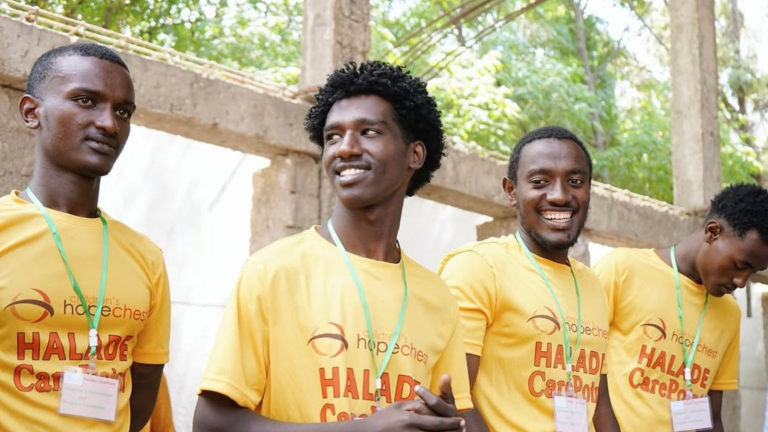
5. Measuring Progress and Letting Go With Confidence
Graduation isn’t something we guess at. It’s a process, tracked over time using a tool called the Community Impact Index, which measures progress in key areas like leadership, sustainability, and spiritual growth.
When a community hits those benchmarks, they form their own community-based organization and officially graduate.
“We don’t directly involve in everything after graduation,” Mickey said. “But we keep the relationship. We give them technical support, mentorship, and coaching—whatever they need. But they lead.”
“We’re Not There Yet, But We’re On the Right Path”
Mickey has been walking with a lot of these CarePoint communities for many years now. Some are on the edge of graduation. Others are just beginning the journey.
What keeps him—and the entire HopeChest Ethiopia team—moving forward is the vision:
“We want to see sustainably transformed communities, where the church is the light, and the community helps its own people.”
That’s what HopeChest’s model is all about: building dignity, ownership, and lasting impact.



